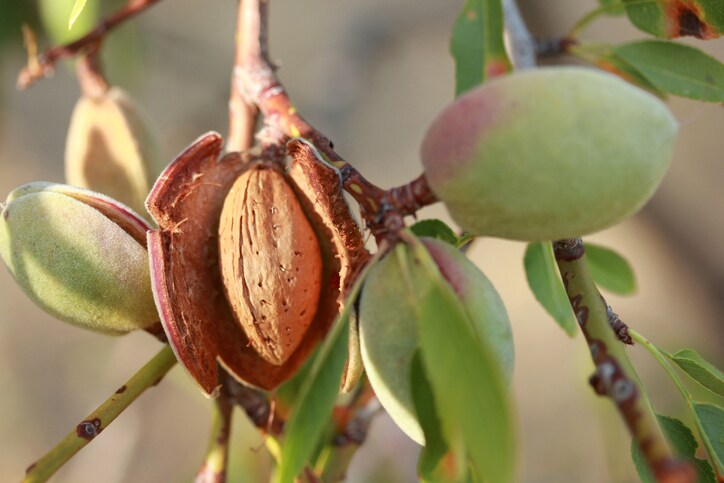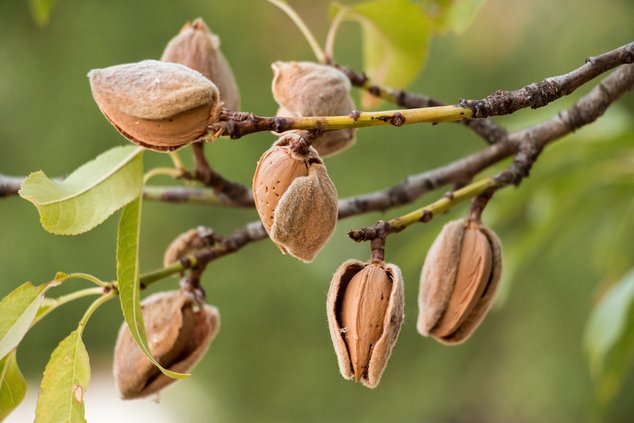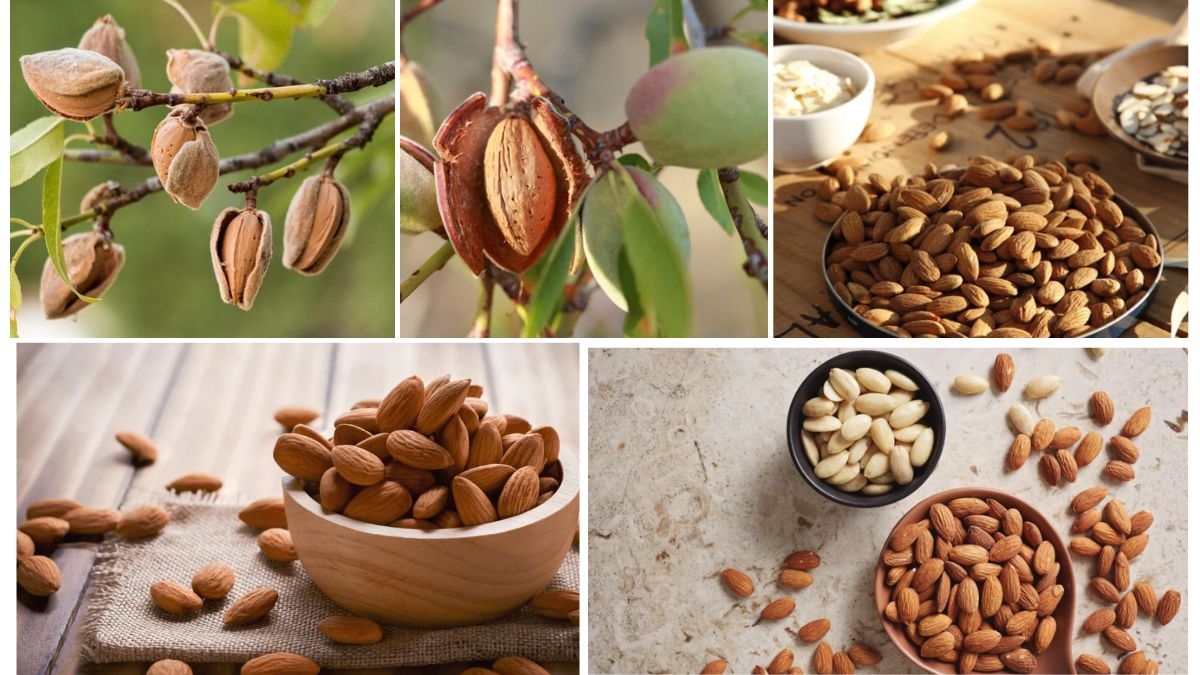Almonds are not only a delicious snack but also a crucial part of the global agricultural economy. From the orchards of California to the valleys of Spain and the dry zones of Australia, almonds have found a place in diverse climates and markets across the world. But which countries truly dominate the almond industry in terms of production, export, and influence?
In this article, we’ll explore the top almond-producing countries, their contribution to the global market, farming trends, challenges, and what the future holds for this powerhouse crop.
Why Almonds Matter Globally

Almonds are one of the most versatile and in-demand nuts worldwide. They are used in snacks, desserts, dairy alternatives (like almond milk), cosmetics, and even pharmaceuticals. With rising demand for plant-based and gluten-free food, almonds have seen a surge in popularity.
The global almond industry is valued at over $10 billion, and production is increasing year after year. Let’s dive into the major almond-producing nations that are leading this booming market.
1. United States – The Unquestioned Leader
Key Region: California
Annual Production: Over 1.3 million metric tons (approx. 80% of global supply)
The United States, specifically California, is by far the largest almond producer in the world. Thanks to a Mediterranean-like climate, advanced irrigation systems, and large-scale mechanized farming, California produces about four-fifths of the world’s almonds.
Key Highlights:
- Almonds are California’s top agricultural export.
- The almond industry supports over 100,000 jobs in the U.S.
- Main export destinations include India, China, Germany, Spain, and the United Arab Emirates.
Challenges:
- Severe drought conditions and water scarcity issues.
- Concerns about bee population decline, which affects pollination.
- Increasing global competition from emerging producers.
2. Spain – Europe’s Almond Powerhouse
Key Regions: Andalusia, Valencia, Catalonia
Annual Production: Around 120,000–150,000 metric tons
Spain is the second-largest almond producer and the largest in Europe. Spanish almonds are known for their rich flavor and variety, especially the Marcona almond, which is highly prized in gourmet markets.
Key Highlights:
- A mix of traditional dryland and modern irrigated almond orchards.
- Many organic almond farms—Spain is a leader in sustainable almond cultivation.
- Significant export market within the European Union.
Challenges:
- Older orchards have lower productivity.
- Occasional frost risks in early spring affect yields.
3. Australia – The Southern Hemisphere Contender

Key Regions: South Australia, Victoria, New South Wales
Annual Production: Around 130,000 metric tons
Australia has rapidly grown into a major almond exporter, thanks to its counter-seasonal production (opposite harvest to Northern Hemisphere). This gives Australia a competitive edge in global markets.
Key Highlights:
- One of the fastest-growing almond industries globally.
- Focused on exports—over 70% of almonds produced are exported.
- Key export markets: India, China, Europe, and the Middle East.
Challenges:
- Water management is a growing concern.
- Climate variability poses a long-term threat to orchard productivity.
4. Iran – A Traditional Almond Producer

Key Regions: Kerman, Fars, East Azerbaijan
Annual Production: Approx. 70,000–80,000 metric tons
Iran has a long history of almond cultivation and is known for its diverse local almond varieties. Almonds play a role in traditional Iranian cuisine and culture.
Key Highlights:
- A large number of smallholder farmers.
- Mainly consumed domestically, though some exports go to the Gulf and nearby countries.
Challenges:
- Outdated farming practices.
- Export limitations due to international sanctions and infrastructure constraints.
5. Morocco – North Africa’s Almond Hub
Key Regions: Atlas Mountains, Souss-Massa
Annual Production: Around 50,000 metric tons
Morocco is the leading almond producer in Africa. It has a long-standing almond-growing tradition, particularly in mountainous regions.
Key Highlights:
- Almonds are a key part of Morocco’s reforestation and rural development plans.
- Growing organic and sustainable practices.
- Consumed locally in traditional foods like tagines and pastries.
Challenges:
- Low yield per tree compared to industrial farms.
- Limited irrigation infrastructure in some regions.
6. Turkey – Almond Growth on the Rise

Key Regions: Aegean and Mediterranean Regions
Annual Production: Approx. 25,000–30,000 metric tons and increasing
Although Turkey is more famous for other nuts like pistachios and hazelnuts, almond production is increasing steadily due to growing domestic demand and rising global prices.
Key Highlights:
- Government support for expanding almond orchards.
- Almonds used in Turkish sweets and snack foods.
- Strategic location for both European and Middle Eastern markets.
Honorable Mentions

Italy
With production hovering around 15,000–20,000 metric tons, Italy is known for its high-quality almonds like the “Tuono” and “Filippo Ceo” varieties. Most almonds are consumed locally or exported within Europe.
Pakistan & Afghanistan
These countries have small but important traditional almond sectors, particularly in mountainous areas. They primarily cater to domestic and regional demand.
Global Almond Trade Dynamics
The global almond trade is largely shaped by the U.S. due to its sheer volume and aggressive export strategies. However, climate change, rising irrigation costs, and increasing scrutiny on environmental impact are pushing buyers to diversify their sources.
Emerging markets like Australia and Turkey are benefiting from this shift. Meanwhile, Spain continues to strengthen its position as the leader in premium, organic, and specialty almonds.
The Future of the Almond Industry
With consumer trends favoring healthy snacks, plant-based milk, and gluten-free products, the demand for almonds shows no signs of slowing. However, sustainability will be key to long-term growth.
Key Trends to Watch:
- Drought-resistant almond varieties
- Bee-friendly farming practices
- Vertical and precision farming
- Traceable and carbon-neutral almond exports
As more countries invest in almond orchards and technology, the global almond map may look different a decade from now—but for now, the U.S. remains the undisputed leader.
Final Thoughts
The almond industry is a dynamic and evolving space shaped by climate, technology, and consumer preferences. While the U.S. leads in scale, countries like Spain, Australia, and Iran are crucial in maintaining the diversity and sustainability of global almond production.
From your favorite almond milk to energy bars and luxury confections, almonds are truly a global crop with deep local roots. Whether you’re a grower, trader, or just a snack lover, understanding where almonds come from helps appreciate the complexity and richness of the global agricultural landscape.







Leave A Comment